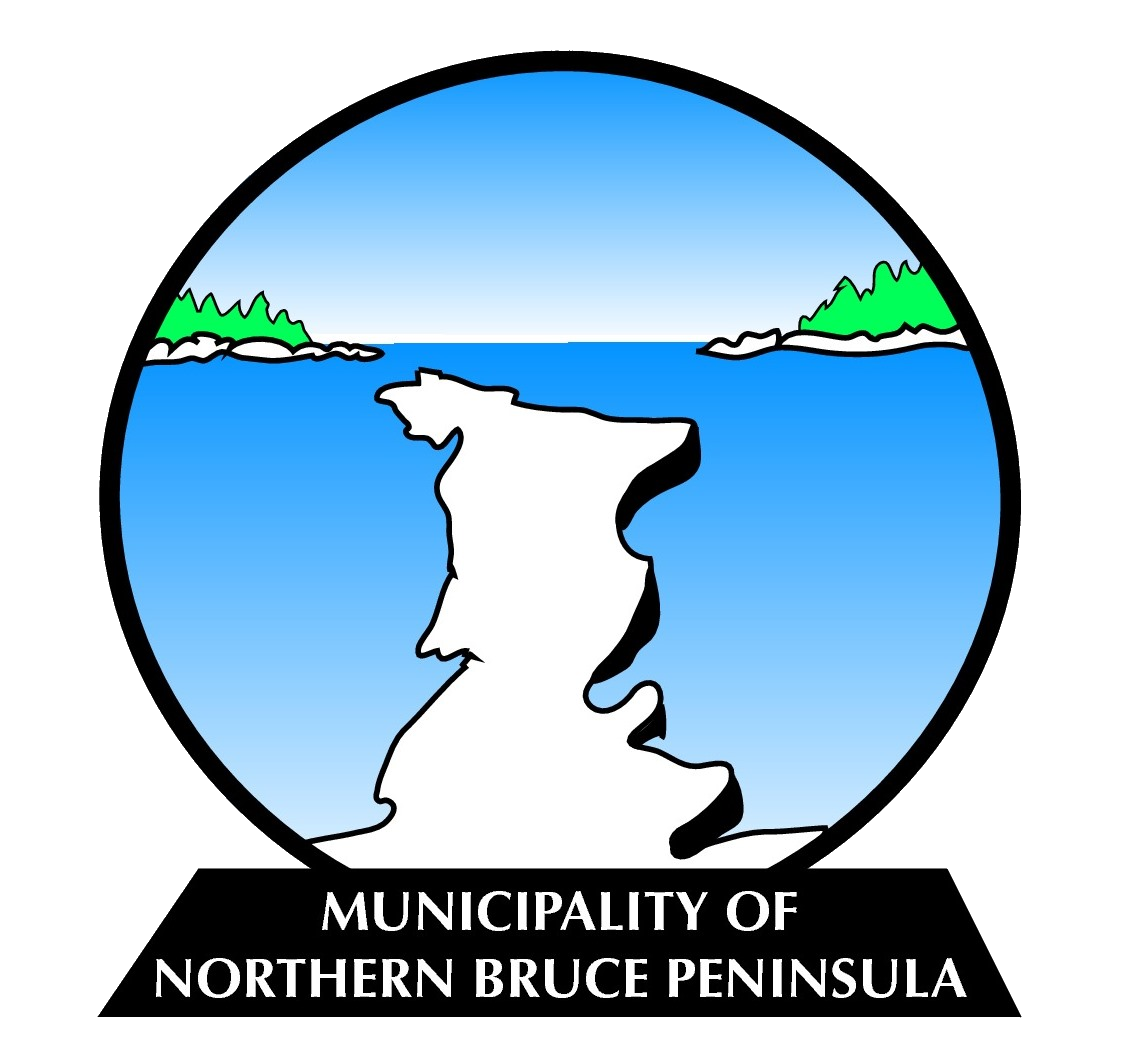MNBP, as the licensed cemetery operator for Eastnor, Stokes Bay and Dunks Bay Cemeteries, must receive written permission from the Interment Rights Holder on record before any interment or memorialization.
The Interment Rights for a grave or plot give the Rights Holder the right to say who can be buried in the grave. Interment Rights also include the right to erect a memorial and direct inscription. If there is more than one Rights Holder, then ideally all parties must give their consent before any interments take place or a memorial is erected (except where one of the current owners is being buried).
The granting of Interment Rights to a grave does not actually mean you own the land itself but that you have the right to direct burials and memorials in the assigned space, subject to the cemetery by-laws and government regulations. The land remains the property of the licensed cemetery operator.
The Interment Rights Holder of record is the person that is named on the official Deed/Certificate of Interment Rights. Usually, but not always, the Interment Rights Holder of record is/was the person who purchased the interment rights. This becomes an issue when the Interment Rights Holder is deceased.





